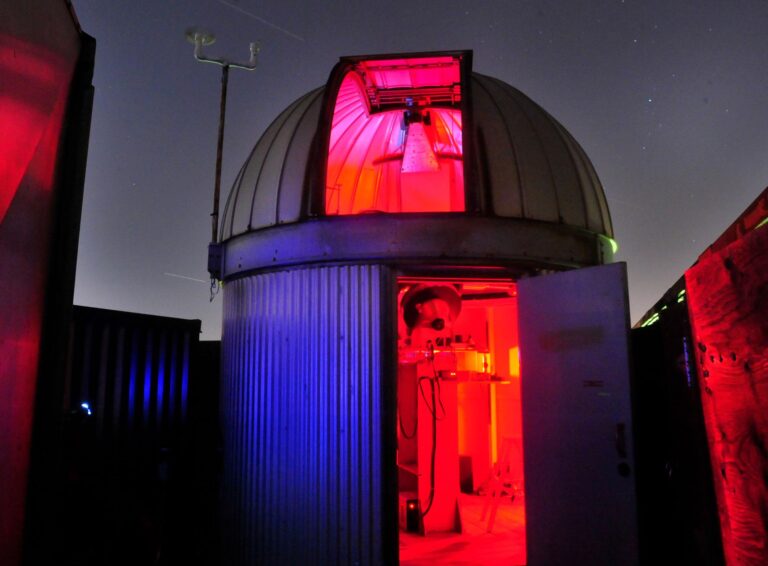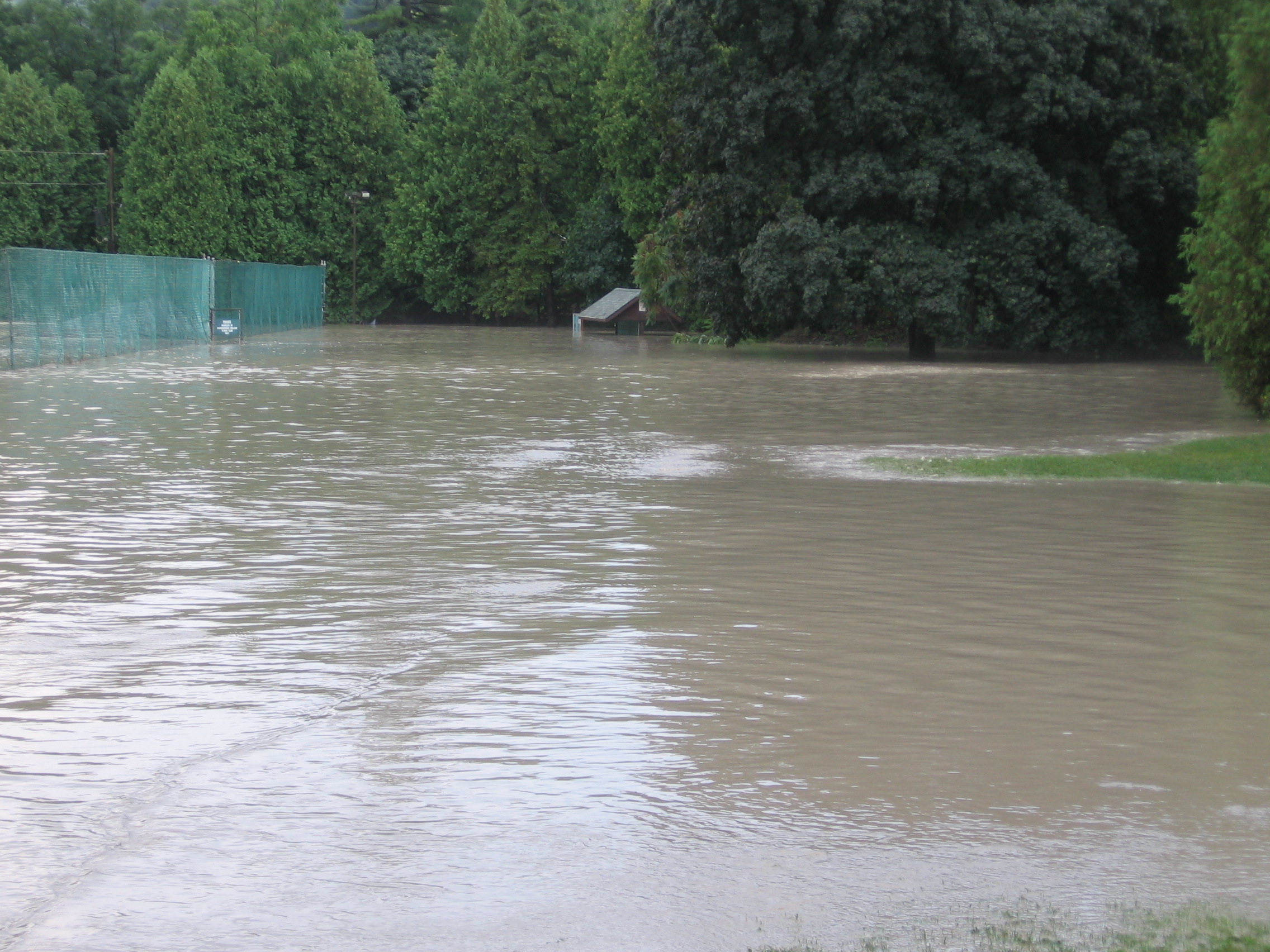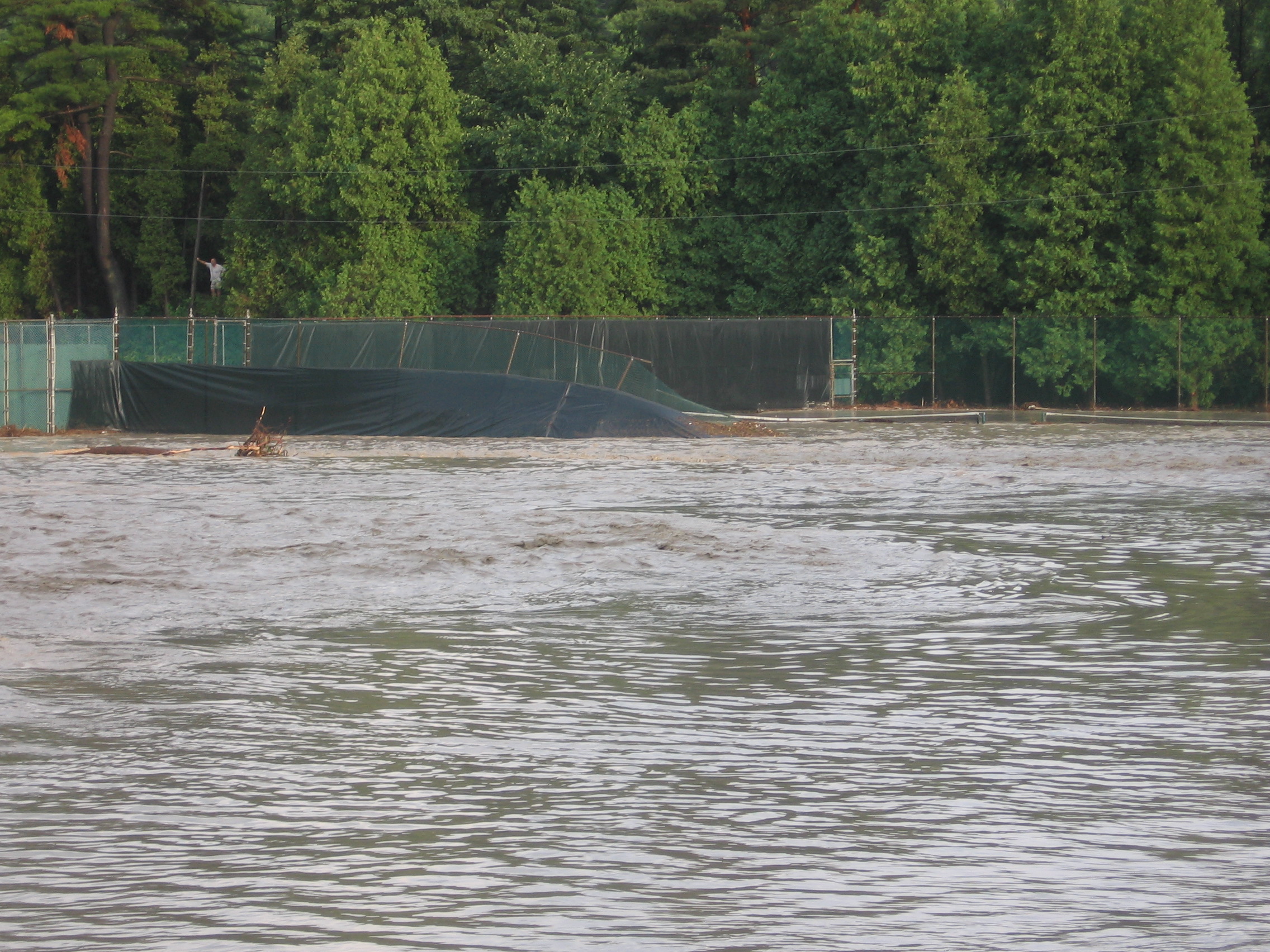The Spaces & Places guided walking tour explores the history of locations on and around the UTSC campus by sharing the personal recollections of members of our campus community — reflecting a variety of perspectives, positions, and points in time.
Although our campus is small, UTSC is home to an energetic community of academic researchers dedicated to advancing the principles of scientific understanding and innovation. This is evidenced by the various spaces on our campus designed (and re-designed) for scientific purposes, including, for example, the UTSC Observatory and Culinaria Research Centre, to name a few. Collaborative projects and interdisciplinary initiatives are hallmarks of the work happening in these spaces, encouraging the exchange of ideas and the development of creative solutions to global challenges. This spirit of innovation is also reflected in the university’s commitment to sustainability and community engagement, with projects aimed at addressing real-world issues and improving lives both within the immediate community and around the glove. This ethos of discovery and creativity permeates every corner of UTSC, making it a hub of intellectual exploration in the sciences.
Daniel Karagiannis, an Electronic Technologist at UTSC, looks back on the development of technological services on campus since 1973, commenting on the growing reliance on computers in campus operations and the — perhaps consequential — reduction of the school’s service staff over time.
Credits: Conceived and produced by Asmaa Helali. All images courtesy of UTSC Photographic Services and the UTSC Archives Legacy Collection.
Did you know that UTSC has its own astronomical observatory? While no longer operational due to ongoing campus construction, the centre houses many cutting-edge pieces of technology and made significant astronomical discoveries in the 2010s.

William Gough, who joined UTSC’s Department of Physical and Environmental Sciences in 1993 and has since served in a number of administrative positions at the university, comments on how construction in and around Highland Creek has changed the way the environment functions, much to the misfortune of some students.



The above images depict flooding in the Miller Lash House and Highland Creek Valley in 1976 and 2004, respectively.
Images courtesy of Ken Jones via UTSC Archives Legacy, Memory Collection, UTSC Library Digital Collections.
All the urbanization that’s happened to Highland Creek allows now for it to have flash floods...[and] some of our students lost materials like knapsacks and things when we sent them down there [to do fieldwork in the 2000s], and then a flash flood comes through. I mean, the protocols are a little different today than they were then.
William Gough, Professor and Vice-Principal Academic and Dean
UTSC has a proud claim to paving the way for food studies in Scarborough. Much of this innovative research is done in the Culinaria Research Laboratory, an old geology lab-turned-demonstration kitchen where UTSC students can engage in hands-on research, including running their own pop-up restaurants and attending live cooking demos featuring visiting chefs. They’ve even put together their own cookbook, featured here!




Source: Staff Relations Committee. 1996. Favourite Recipes of Scarborough College. University of Toronto Scarborough Library, UTSC Archives Legacy Collection, File 002-B-13-12-26.